<< Previous | Displaying results 1-10 of 14 for "umschlagplatz" | Next >>
Like other Jews, the Lewents were confined to the Warsaw ghetto. In 1942, as Abraham hid in a crawl space, the Germans seized his mother and sisters in a raid. They perished. He was deployed for forced labor nearby, but escaped to return to his father in the ghetto. In 1943, the two were deported to Majdanek, where Abraham's father died. Abraham later was sent to Skarzysko, Buchenwald, Schlieben, Bisingen, and Dachau. US troops liberated Abraham as the Germans evacuated prisoners.
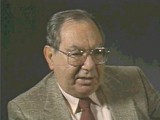
Like other Jews, the Lewents were confined to the Warsaw ghetto. In 1942, as Abraham hid in a crawl space, the Germans seized his mother and sisters in a raid. They perished. He was deployed for forced labor nearby, but escaped to return to his father in the ghetto. In 1943, the two were deported to Majdanek, where Abraham's father died. Abraham later was sent to Skarzysko, Buchenwald, Schlieben, Bisingen, and Dachau. US troops liberated Abraham as the Germans evacuated prisoners.
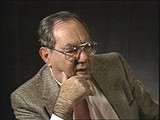
Vladka belonged to the Zukunft youth movement of the Bund (the Jewish Socialist party). She was active in the Warsaw ghetto underground as a member of the Jewish Fighting Organization (ZOB). In December 1942, she was smuggled out to the Aryan, Polish side of Warsaw to try to obtain arms and to find hiding places for children and adults. She became an active courier for the Jewish underground and for Jews in camps, forests, and other ghettos.
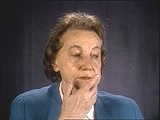
An assembly point (the Umschlagplatz) in the Warsaw ghetto for Jews rounded up for deportation. Warsaw, Poland, 1942–43.
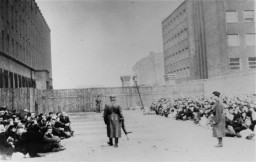
Jews captured by the SS during the Warsaw ghetto uprising are interrogated beside the ghetto wall before being sent to the Umschlagplatz, the assembly point for deportation from the ghetto. The original German caption reads: "Search and Interrogation." Poland, May 1943.
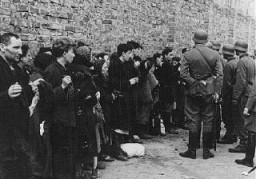
Deportation of Jews from the Warsaw ghetto during the ghetto uprising. The original German caption reads: "To the Umschlagplatz." Warsaw, Poland, May 1943.
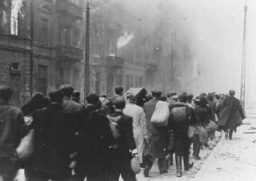
Deportation of Jews from the Warsaw ghetto during the uprising. The photograph was taken from a building opposite the ghetto by a member of the resistance. It shows Jews who were captured by the SS during the suppression of the Warsaw ghetto uprising marching past the St. Zofia hospital, through the intersection of Nowolipie and Zelasna Streets, towards the Umschlagplatz for deportation. Warsaw, Poland, April 20, 1943.
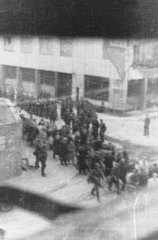
Jews captured during the Warsaw ghetto uprising are marched past the St. Zofia hospital down Nowolipie Street towards the Umschlagplatz for deportation.
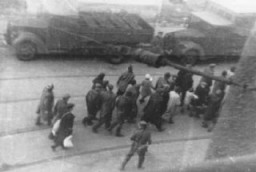
At its height, the Warsaw ghetto held over 400,000 people living in horrendous and worsening conditions. Learn about deportations both to and from the ghetto.
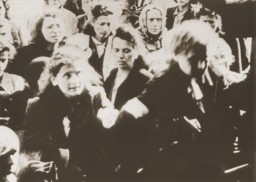
Janusz Korczak ran a Jewish orphanage in Warsaw. He and his staff stayed with the children even as German authorities deported them to their deaths at Treblinka in 1942.
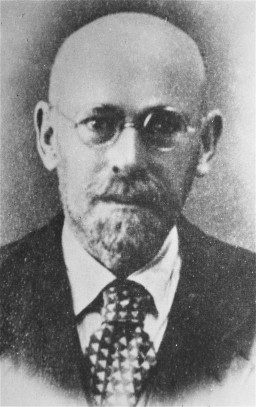
We would like to thank Crown Family Philanthropies, Abe and Ida Cooper Foundation, the Claims Conference, EVZ, and BMF for supporting the ongoing work to create content and resources for the Holocaust Encyclopedia. View the list of donor acknowledgement.